
JANUARY 1998
JANUARY STAR MAP |
INDEX
 STARWATCH SET FOR JANUARY 3, 1998:
STARWATCH SET FOR JANUARY 3, 1998:
- The Lehigh Valley Amateur Astronomical Society will hold its monthly public
star party from 7:30-10 p.m. at its South Mountain Headquarters, 620 East Rock
Road, Allentown. The moon, Saturn, and several of the brighter deep-sky objects
will be available for viewing through club telescopes if the weather cooperates.
Planetarium programs will be presented at 7:30 p.m. and 9:00 p.m. For more
information call 610-797-3476.
-
- 071
 JANUARY 4, 1998: Earth Reaches Perihelion
JANUARY 4, 1998: Earth Reaches Perihelion
- This afternoon about 4 p.m., the Earth reaches perihelion its closest distance
to the sun. We will be just over 91.4 million miles away from Sol. Our average
distance from the sun is usually stated as 93 million miles, but itís actually
just a tad less. On July 3 we will reach aphelion our farthest sun-Earth
distance, just over 94.5 million miles. Even though weíre now closest to the
sun, the Northern Hemisphere is now leaning back, causing our daystar to be low
in the sky, and its energy to be spread out. Statistically, we are approaching
the coldest period of the year. Since we are nearest to the sun at present, the
sunís gravitational attraction for the Earth is at its greatest, and it is at
this time that we attain our greatest orbital velocity. In July, our orbital
speed is slowest. This is good, because if you count the number of days that
occur between the first day of spring and the first day of fall, and then count
the days between fall and spring, youíll find about seven less days in the latter
period. Iíll take more days of summer anytime.
-
- 072
 JANUARY 11, 1998: Mercury in the Morning
JANUARY 11, 1998: Mercury in the Morning
- Mercury is traditionally the most difficult of the "naked eye" planets to view,
but this week with patience, and a really clear dawn sky, you may have a chance at
seeing it. Youíll have to have an observing location which is relatively high and
unobscured by trees or buildings and with a good southeastern horizon. Be there,
no later than 6:45 a.m. The eastern sky will be brightening, but stars should still
be visible directly overhead and in the south, north, and west. The nearly full
moon will be low in the northwest at the start of the week but higher in the sky
each morning. With binoculars, scan the region of the sky near the southeastern
horizon which should now be fairly bright. You will be looking for a fairly bright,
whitish starlike object. Be careful because several binocular fields to the right
and slightly above Mercury will be the reddish star Antares of Scorpius, the
Scorpion. Through binoculars, Antares should appear to twinkle vigorously and
have a warmer hue, while Mercury will be decidedly brighter and shine with a
steadier light. Because of its low altitude, Mercury may also appear to twinkle,
but more slowly than Antares. Much success in your hunt for the Messenger God.
He is elusive at best.
-
- 073
 JANUARY 18, 1998: Jupiter and Mars Tangle
JANUARY 18, 1998: Jupiter and Mars Tangle
- Just three weeks ago, Jupiter and Venus made a spectacular duo in the evening sky,
reminiscent of a similar pairing which occurred in early January of 1974 when Comet
Kohoutek was supposed to have been positioned in the same part of the sky. The comet
fizzled, but the planets did not disappoint. Venus has since slipped from the evening
sky to debut in the morning by the end of the month. A less spectacular, but much
closer pairing of Jupiter and Mars will be occurring this week. Binoculars will
enhance your view and are mandatory in city lights. Bright Jupiter is an easy target
low in the southwest about 5:30-5:45 p.m. Through binoculars on Sunday, Mars will
appear below and slightly to the right of Jupiter by about one degree. Both planets
are moving towards the east, but closer Mars appears to travel faster, catching up to
Jupiter by Tuesday when it will be about one-half of a moon diameter away. On
Wednesday Mars will have passed Jove. By the end of the week their angular distance
will have increased to just over two degrees with Mars way out in front. Although
the sky may appear static to the casual observer, the dance of the planets continues.
-
- 074
 JANUARY 25, 1998: Atmospheric Scattering of Light
JANUARY 25, 1998: Atmospheric Scattering of Light
- The low sun of winter, or near sundown, accentuates yellows, oranges, and reds,
and is a universally accepted trademark of good photography as evidenced in movies
and stills alike. It results from a phenomenon called scattering which is also the
reason why our sky appears blue. Air molecules literally throw around, here and
there, the light which is trekking in from the sun, and they do it most effectively
for the shortest wavelengths of light that our eyes can see--blue light. Remember,
that the light coming from the sun is a composite of all the colors that we observe:
blue, green, yellow, orange, and red. On a clear day the atmosphere causes the
blue light to be scattered more efficiently, so that it comes at us from all
directions. The entire sky appears blue. However, this can change dramatically
at sunset. Here the atmospheric path through which the sunlight must travel is
longer, and all of the blue and green light is filtered (scattered) out before it
reaches us. This causes the sun to appear orangy or even reddish, near sundown.
Reddened sunlight illuminating the landscape can produce some of the most
inspirational moments of the day. Have you seen the sunsets in the movie
"Titanic"?
-







